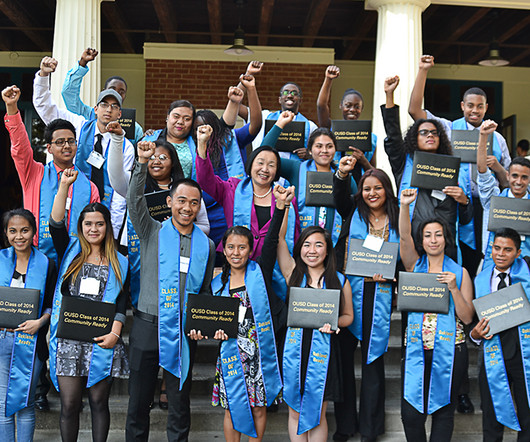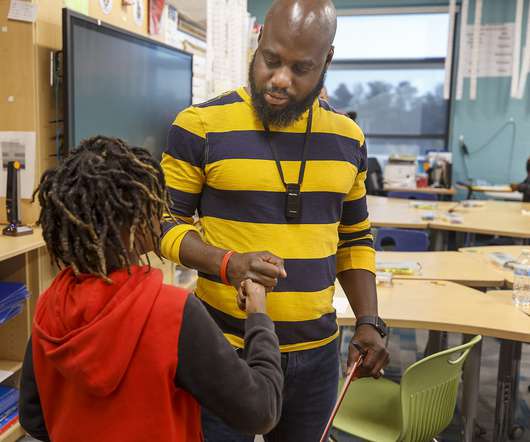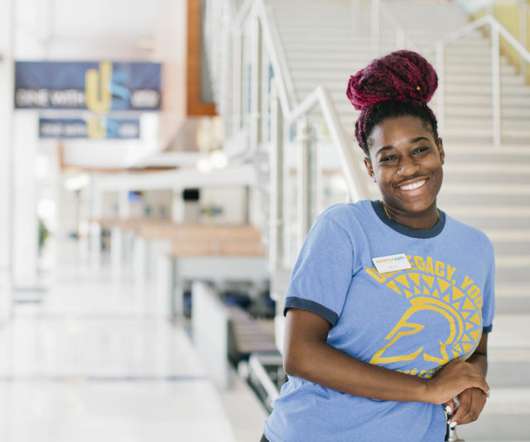Colleges’ new solution to enrollment declines: Reducing the number of dropouts
The Hechinger Report
MARCH 6, 2022
It’s a small but noteworthy example of a new emphasis at colleges and universities on plugging the steady drip of dropouts who end up with little to show for their time and tuition, wasting taxpayer money that subsidizes public universities and leaving employers without enough of the graduates they need to fill jobs. Dickinson stayed.























Let's personalize your content